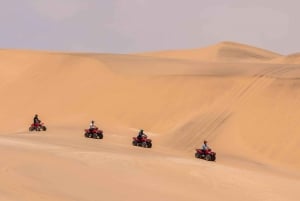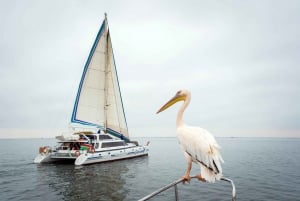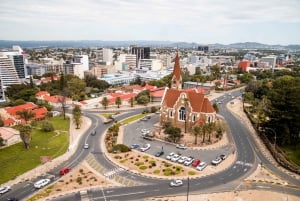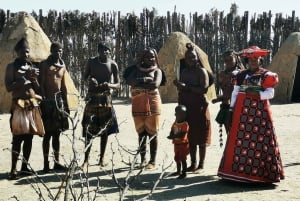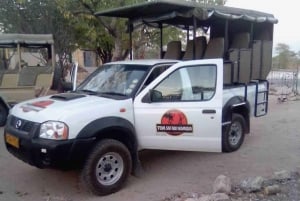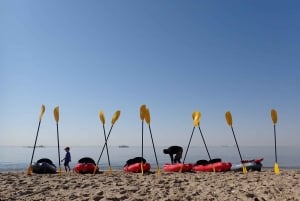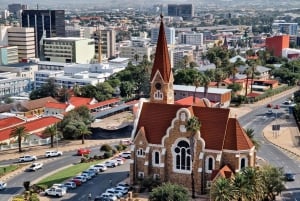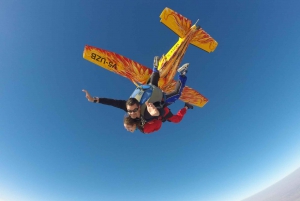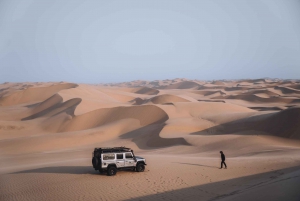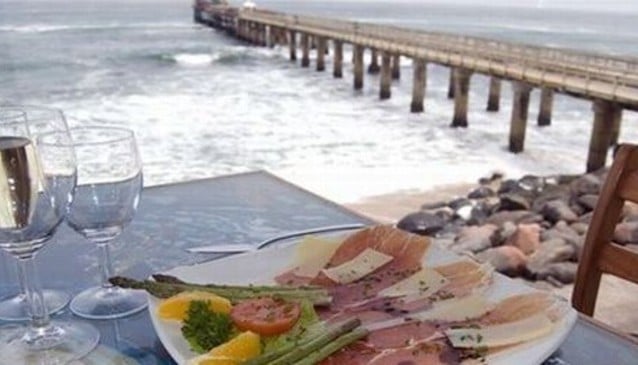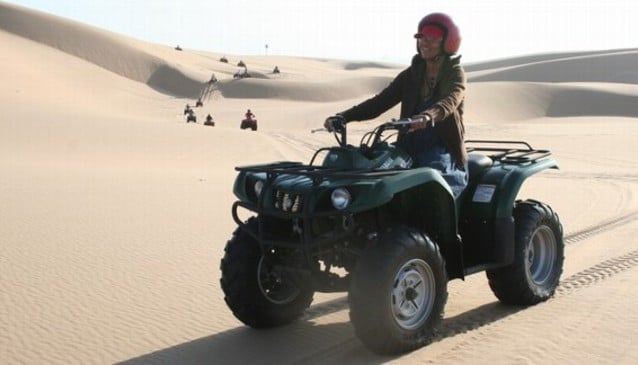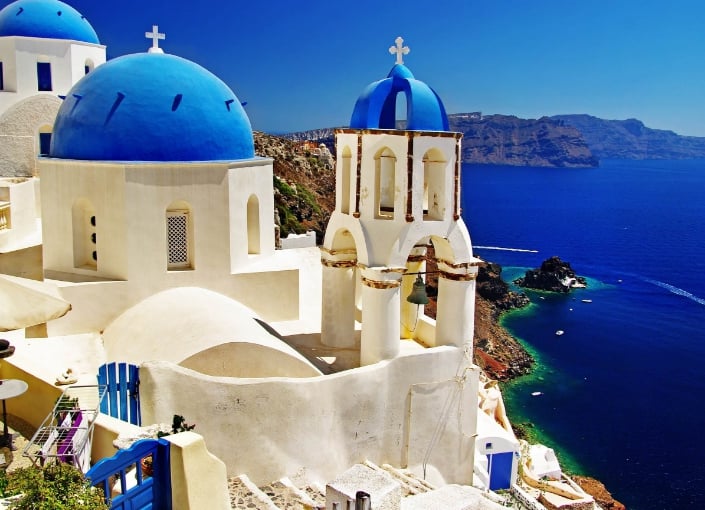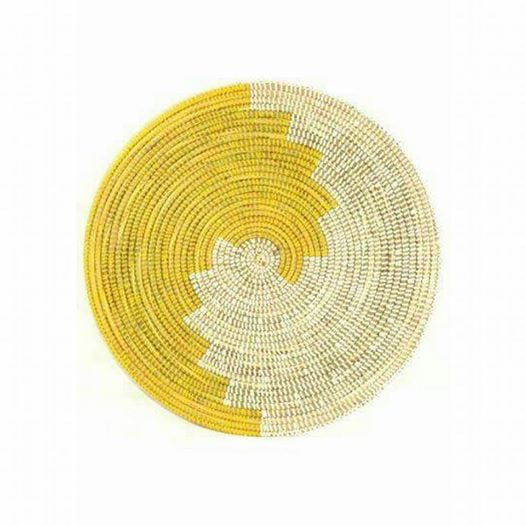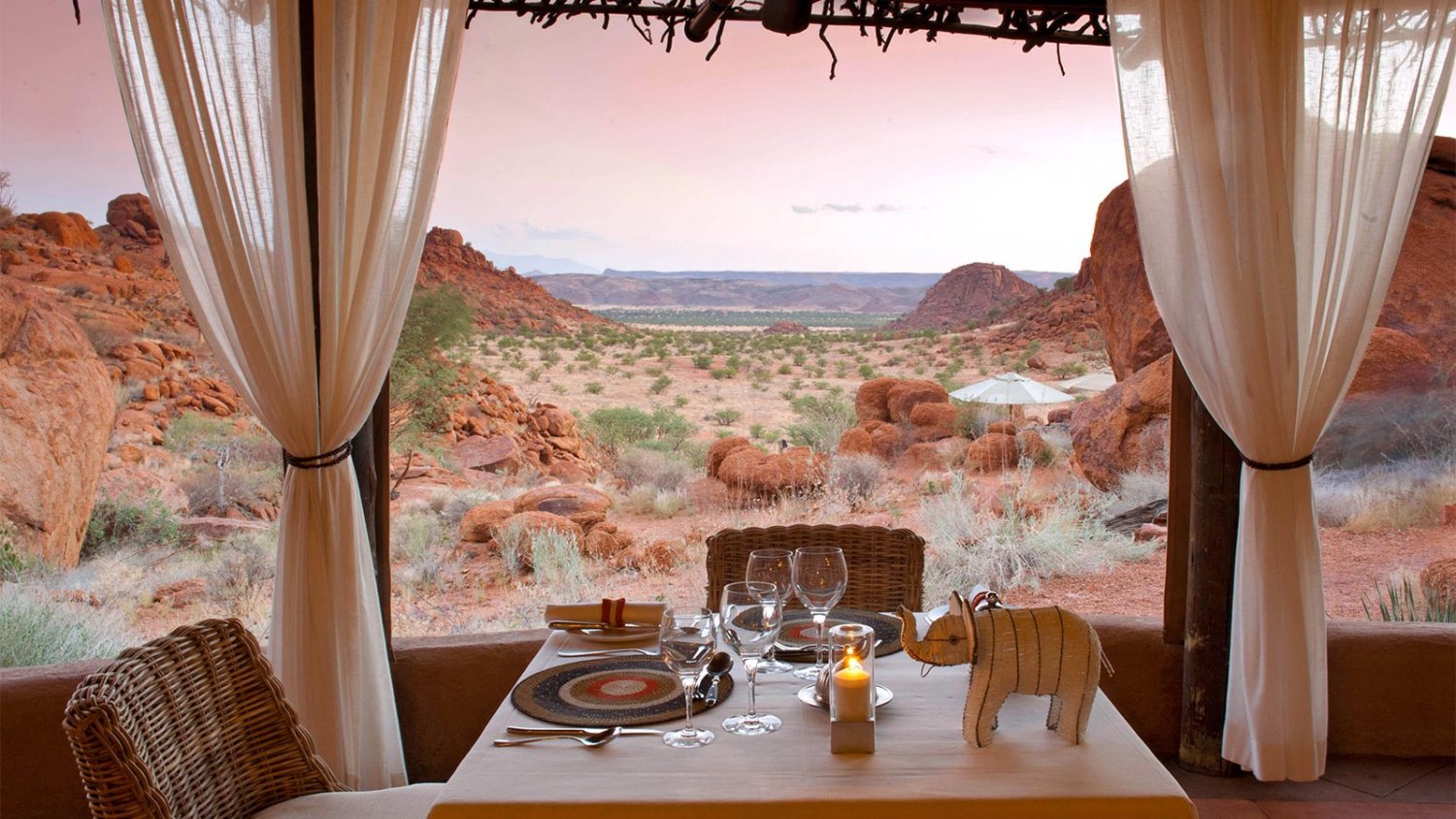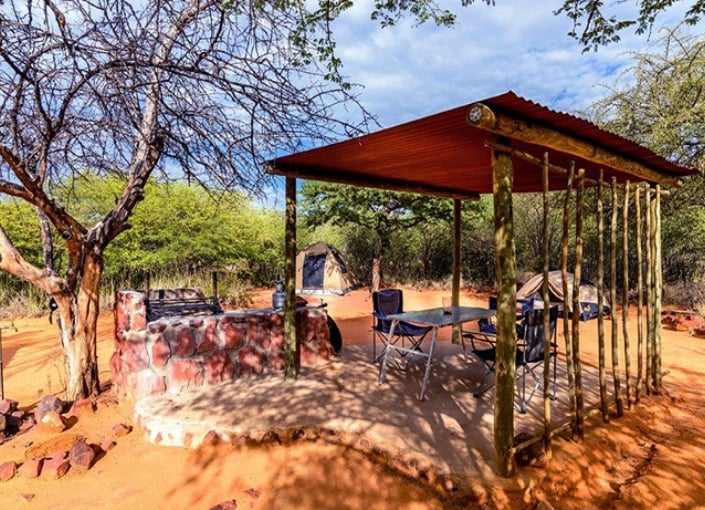People & Culture
Namibia is not only diverse in its landscapes, it displays the same characteristic in the many colorful cultures that call the country home. Some cultures still strictly adhere to their traditional ways and almost every region and habitat has a culture tied to it, from the green lush areas of the Caprivi Strip in the north to the seemingly waterless lands of the Kalahari Desert, Namibia is filled with beauty in terms of its natural and cultural inheritance.
Owambo
The Owambo communities inhabit the beautiful northern areas of the country and are made up of 8 different tribes. They still have a king for each tribe and are mainly a herding and fishing people. The origins of the current ruling party of Namibia, the South West African People’s Organization (SWAPO), are largely founded amongst the Owambo people and also the proud culture of the 1st president of Namibia, Sam Nujoma.
Kavango
The Kavango people are found along the banks of the rich northern rivers and their name is derived from the beautiful Okavango River that dissects the Caprivi Region. A large part of their history, traditions and ways are tied to those of the Owambo people, but in contrast to their herding cousins, the Kavango depend on the river systems for survival.
Herero
The Herero are a proud nation with their wealth tied up in their herds of cattle. Their culture, especially with the women, carries influences of the Victorian Era. Beautiful dresses with up to 7 layers of material are worn with a matching headpiece. It is quite a beautiful sight to see a group of women dressed in their finest handmade traditional dresses. The Herero paid dearly in 1904 for opposing the German colonial forces, most of the nation was wiped of the face of the earth in dreadful wars. Many fled to neighboring Botswana to escape annihilation. Today however, they form a very big part of Namibia’s total population.
Himba
For most overseas visitors, one of the must see items on their wish list for Namibia is undoubtedly the Himba people. In the far stretches of the north west, many tribes still live strictly according to their traditional ways. Due to their harsh surroundings, the Himba have adopted a nomadic lifestyle in order to herd their cattle and goats from one grazing patch to another in a dry and endless land. Their intricate jewelry, leather clothing and red ochre skin are truly remarkable as are their beliefs and habits. Due to their traditional ways, visits to their villages and camps must be done with care and respect so as not to encroach on their privacy and way of life.
Nama
Inhabiting the southern areas of Namibia are the Nama people. Consisting of 13 different tribes, the Nama are descendants of the Khoikhoi people and make their living off the semi desert areas of the Kalahari. The Nama people still widely practice their folklore in the form of poetry, music and dancing and some tribes, such as the Topnaars, still exist off the land the way their ancestors used to do.
Basters
In 1868, a large trek of Baster families moved out of the Cape to central Namibia and established themselves as the Rehoboth Basters. Their origins and history evolved around the influx of Dutch settlers to the Cape and with time the Baster communities established themselves as an independent culture and ethnic group.
Coloured
The origins of the colored communities are steeped in mixed race legacy all the way from neighboring South Africa. Today a large group of people live in the coastal regions of Walvis Bay and Swakopmund, contributing to the fishing workforce of Namibia while many others are also employed across Namibia on farms.
Tswanas
The Tswana communities are mainly concentrated around the Gobabis area near the border to Botswana from where their links cross over to the Tswana tribes of the east. They are the smallest ethnic group in Namibia with strong ties to cattle farming.
Caprivians
The Caprivi Strip connects four different African countries, each with its own cultures and traditions. The Caprivians are a combination of five of these groups. Their ways of life revolve around the rich river systems and fishing from traditional dugout canoes or mokoros, supplemented with subsistence farming.
Bushmen or San people
The Bushmen or San communities have inhabited large parts of Namibia for thousands of years, evidence of their dwellings and beautiful artwork can be found as far as the western mountain ridges. Essentially they inhabit the vastly magnificent lands of the north east, aptly named Bushmanland. Many still practice their traditional ways of living in harmony off the land and tours are available to experience their unique and peaceful culture.
European Descendants
Germany was the biggest European influence on Namibia and many German-speaking Namibians are 3rd generation citizens while Afrikaans, English as well as a trickle of Portuguese make up for the rest. A large part of the farming community are Afrikaans and German with many of the white communities living in urban areas.
Damara
The Damara people are the proud inhabitants of the undulating hills and valleys of the north western areas of Namibia. A large part of their lands have been converted into community owned conservation areas in which they take part in sustainable tourism and the safeguarding of their natural inheritance. Farming and planting vegetables also forms part of their culture along with mining and teaching.



